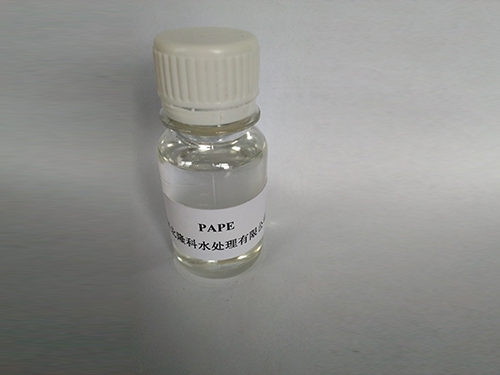Exploring PBTC Chemistry and Its Applications in Modern Industries
The Role of PBTC in Chemical Applications Insights and Innovations
PBTC, or phosphonobutanetricarboxylic acid, is a multifunctional chemical agent that has garnered significant attention in various fields due to its unique properties and versatility. As industries continue to seek environmentally friendly alternatives and effective solutions for complex challenges, PBTC stands out as a sustainable option. This article explores the characteristics, applications, and benefits of PBTC in chemical processes, highlighting its impact on industry standards and practices.
Chemical Properties of PBTC
PBTC is a phosphonic acid derivative, characterized by its excellent chelating ability, which is the capacity to bind metal ions. This property is particularly beneficial in industrial applications where metal ions could lead to scale formation or unwanted reactions. The molecular structure of PBTC allows it to stabilize metal ions, preventing precipitation and promoting their solubility in various environments. This feature is essential for performance in water treatment and other chemical formulations.
Additionally, PBTC exhibits low toxicity levels and biodegradability, making it an environmentally friendly choice compared to traditional phosphonates. Its physical and chemical stability across a wide range of pH levels further amplifies its practicality in diverse applications, reinforcing its role as a superior alternative in several industrial sectors.
Applications of PBTC
1. Water Treatment One of the primary applications of PBTC is in the treatment of industrial waters. It serves as a scale inhibitor, preventing the formation of calcium and magnesium deposits in cooling towers, boilers, and reverse osmosis systems. By controlling scale, PBTC significantly enhances system efficiency, prolongs equipment lifespan, and reduces maintenance costs.
2. Corrosion Inhibition PBTC is also utilized as a corrosion inhibitor in various aqueous systems. It effectively protects metal surfaces by forming a protective film, thus minimizing material degradation over time. This is particularly crucial in industries such as oil and gas, where infrastructure longevity is essential for safety and economic reasons.
pbtc chemical pbtc

3. Detergency and Cleaning Agents The ability of PBTC to chelate metal ions is leveraged in detergents and cleaning agents. By binding to hard water ions, PBTC enhances the effectiveness of surfactants, leading to improved cleaning performance while preventing deposits on surfaces.
4. Agriculture In the agricultural sector, PBTC can be found in formulations that enhance nutrient uptake by plants. The chelating properties of PBTC allow it to bind essential trace metals, making them more bioavailable for plant absorption. This contributes to better crop yield and health, aligning with sustainable agricultural practices.
Environmental Advantages
The increasing emphasis on eco-friendly practices has propelled the demand for compounds like PBTC. Its low toxicity and biodegradability make it an ideal candidate for industries looking to reduce their environmental footprint. Traditional phosphonates can have adverse effects on aquatic life and ecosystems; however, PBTC's favorable environmental profile presents a viable alternative.
Moreover, as regulations on chemical usage tighten and industries pivot towards more sustainable practices, the adoption of PBTC is likely to increase. The compound not only fulfills the requirements for performance but also aligns with corporate responsibility goals related to sustainability and environmental stewardship.
Conclusion
PBTC represents a significant advancement in the field of chemical applications, offering effective solutions for water treatment, corrosion prevention, cleaning, and agriculture. Its unique properties, coupled with its eco-friendly profile, establish it as a cornerstone in the transition towards more sustainable industrial practices. As research continues to uncover new applications and enhancements, PBTC will likely play an increasingly integral role in meeting the challenges of modern chemical engineering and environmental sustainability.
In summary, the integration of PBTC in various industries reflects a broader trend towards innovation and responsibility, ensuring that future practices not only achieve operational efficiency but also contribute to a healthier planet. As we look ahead, the potential of PBTC appears boundless, paving the way for cleaner, safer, and more efficient chemical processes.
-
lk-319-special-scale-and-corrosion-inhibitor-for-steel-plants-advanced-solutions-for-industrial-water-systemsNewsAug.22,2025
-
flocculant-water-treatment-essential-chemical-solutions-for-purification-processesNewsAug.22,2025
-
isothiazolinones-versatile-microbial-control-agents-for-industrial-and-consumer-applicationsNewsAug.22,2025
-
scale-inhibitor-key-solutions-for-water-system-scale-preventionNewsAug.22,2025
-
organophosphonates-versatile-scale-inhibitors-for-industrial-water-systemsNewsAug.22,2025
-
scale-and-corrosion-inhibitor-essential-chemical-solutions-for-water-system-maintenanceNewsAug.22,2025





